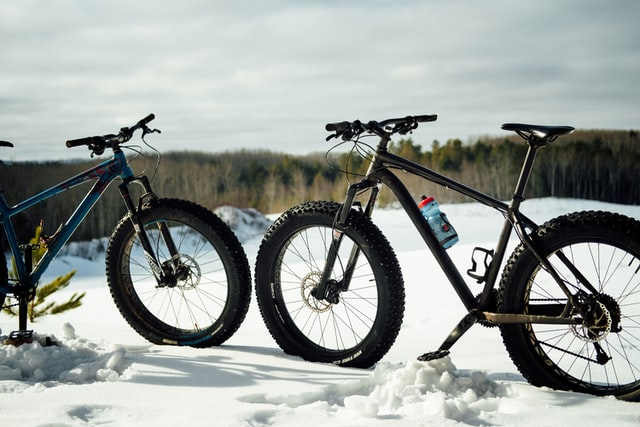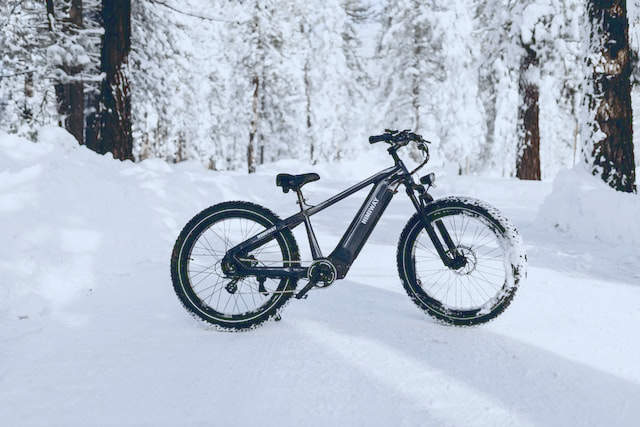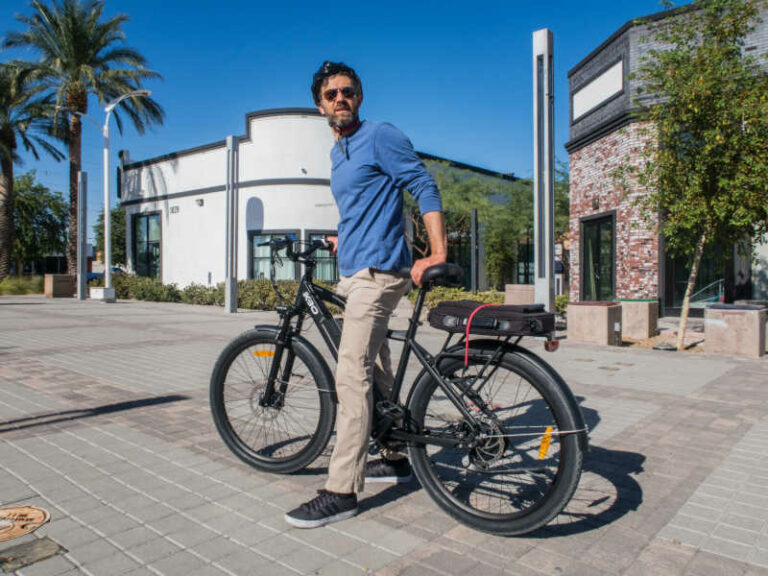
What’s the Hype about Fat Bikes?
Fat bikes are becoming increasingly popular. They have a multitude of benefits compared to standard mountain bikes, however before rushing out to buy one, it helps to know what a fat bike really is and what it is good for.
Tire Qualities
This off-road style bicycle boasts extra-wide tires of about 3.8 to 5 inches, with wider than normal rims of 2.6 inches or more. Wide tires provide more surface area contact with the ground, providing better traction and stability.
The tires are often kept at a low air pressure of between 4 to 15 psi. Low pressure can help increase grip in certain terrains, and creates shock-absorption and even more stability.
Benefits for Off-Road Riding
Fat bikes are a great option for expedition rides through tough terrain and for the ever adventurous ‘bike-packers’. These fat-wheeled bicycles allow for opportunities to explore ‘off the beaten track’ areas more easily.
Fat bikes can navigate through fairly rocky hiking paths, cross slippery streams, and traverse dry and sandy riverbeds. Fat bike frames are strong and can take rough usage as well as a heavy load, such as your backpacking or hiking gear.
These bikes are great for almost all conditions and have been highly praised for their handling in snow, with reviewers saying that if snow trails and conditions are bad for skiing or traversing on foot, that fat bikes navigate them easily, making outdoor exercise as fun as in any other weather.
On the flip-side of this positive hype though, fat bikes are not able to ride through very deep snow. It takes practice to know which tracks your fat bike will make it through with ease.
Another downside is the bikes are slower than mountain bikes. The sturdy tires, rims and frame are made of more material making the bike heavier and more cumbersome to pick up and carry over obstacles, or up bridge staircases when riding in a city. They are also slower due to extra rolling resistance created by the wide tires with low air pressure. Thus, it is harder to accelerate as quickly as you can with a mountain bike, and takes extra effort to ride the same distance. So, if you are out riding with a team or with friends who are all on mountain or road bikes, you may lag behind on your fat bike. It can be a great work-out though!
Fat bikes are also on the expensive side. Unlike conventional mountain bikes, fat bike components are specially made by a handful of companies. Costs are coming down each year as demand rises and more companies begin manufacturing them in greater quantities. Replacement tire costs are also generally higher, as well as rims which are made from lightweight yet strong material which is expensive.
Are they for you?
Despite the drawbacks, if you enjoy riding off-road in challenging terrains, a fat bike can be a great way to go. Don’t sell your mountain bike or road bike though. You will want to use the bike that makes the most sense for the type of riding you are doing on any particular day.





